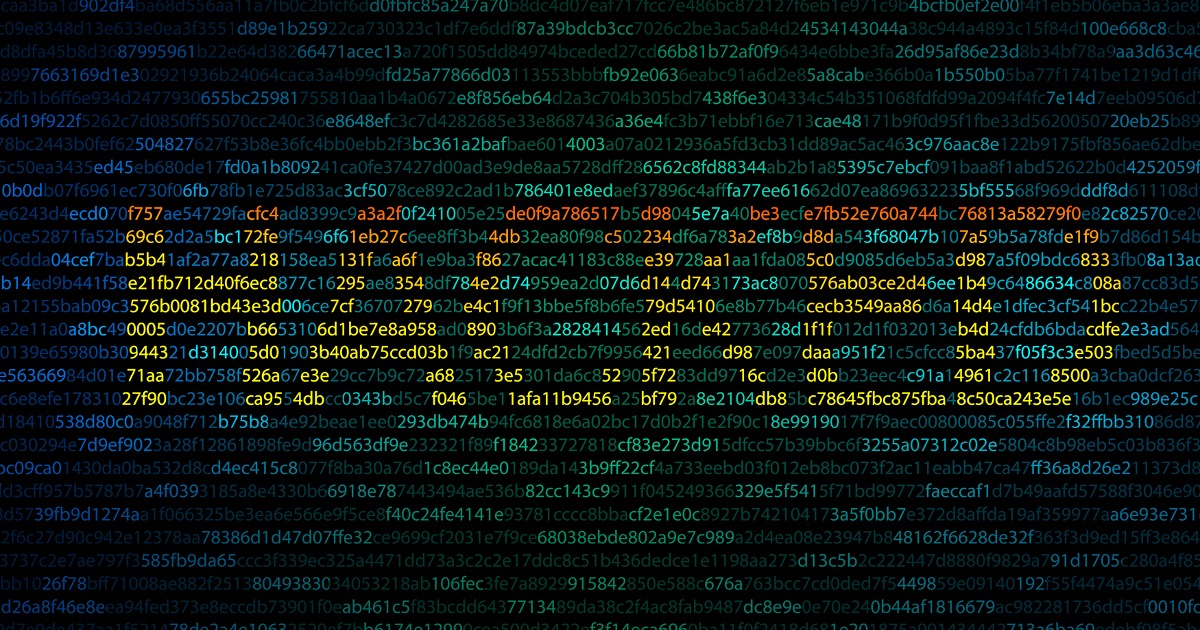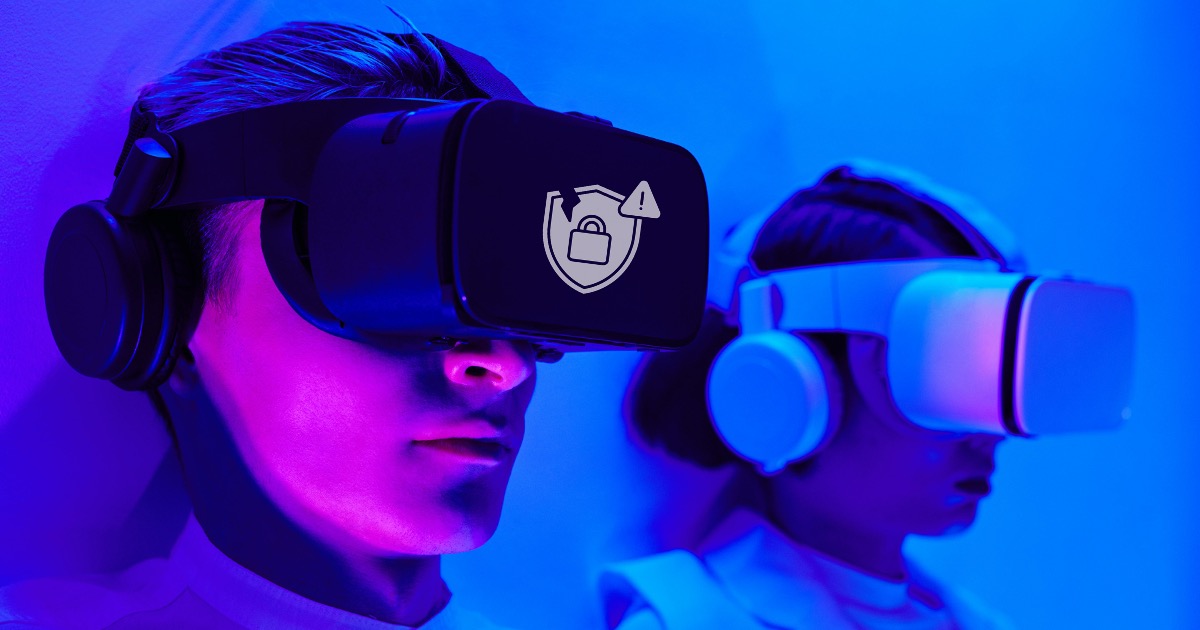
Crypto Trader Loses $800K Due To ‘Keylogger’ In Google Chrome Extensions
A cryptocurrency investor has claimed that “two suspicious extensions” potentially carrying a keylogger have siphoned off $800,000 from several of his wallet applications. The individual,





